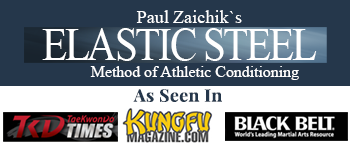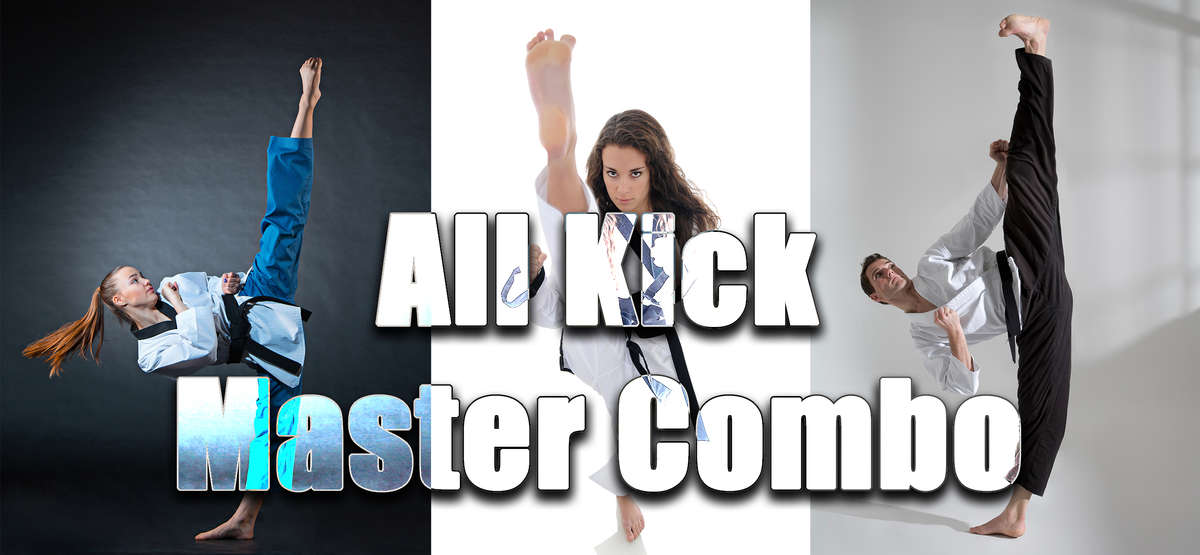Anatomy of the Spinning Hook Kick
I been asked for a long time to do anatomy of various kicks. Most precisely it is the kinesiology of the kicking.
Today is Spinning Hook Kick or Reverse Hook Kick. This kick relies on the rotation force of the body. There are many variations to this kick and while kinesiology would be almost the same, the biomechanics would be different.
For those who don't know the difference between the two disciplines, in short:
- Kinesiology is which muscles are used during various phases of the kick.
- Biomechanics is the "physics" of human movement. With focus on the calculations of variables such as distance, acceleration, torque, center of mass, base of support, etc.
Two People Throwing the Same Kick
To understand how biomechanics would be different, we can take a look at two people both throwing the same kick. If one is leaning away more than the other, in terms of the torso the same muscles would be holding up the body (Obliques, Abdominals, Quadratus Lumborum, Paraspinals). So a person whose torso is more upright is using the same muscles as the person whose torso is more leaned over. However there is a difference in center of mass to base of support relation, torque, etc. So biomechanics are different. And this is same technique, but different level of strength and/or flexibility.
Even if two people have the same strength/flexibility level, they may choose to throw the kick differently. Perhaps due to distance to the their opponent, the set up for follow up technique, amount of power needed, etc. So not every kick will look exactly the same.
In this lesson a "standard" Spinning Hook Kick Is Broken Down
Phase One
The torso rotates and kicking leg is lifted into the chamber. Right Leg Kick is analyzed.

- Hip flexors of the right leg lift the femur up.
- Adductors also flex the hip.
- Hamstrings with the assistance of Sartorius, Gracilis, Popliteus and Gastrocnemius flex the knee.
- Gluteus Maximus, and hamstrings keep the left hip in extension, giving just a little bit to drop the center of mass.
- Quadriceps Vastii (3 Short Heads of Quadriceps) contract to keep the knee in extended position, with a slight give.
- Calve contracts on the left leg.
- Left abductors are activated because the center of mass shifts to the left to compensate to left leg support.
- The torso rotate to the right.
- Left external obliques rotate to the opposite side. Right internal obliques rotate to the same side. Right Quadratus Lumborum assist in right pelvic hike.
Phase Two
In this phase the leg extends and prepares to flex quickly catching the target in the path of the foot. Some kickers will let the torso spin just a split second ahead of the kick and some will allow the right shoulder and right food to pass at the same time.

- The right leg now extends with quadriceps doing the extension.
- Abductors hold the weight of the leg. They are Gluteus Medius, Minimus, Upper Fibers of Maximus, and Tensor Fascia Latae.
- All the core muscles on the right side of the body now contract to keep the torso vertical. They are abdominals, obliques, quadratus lumborum and perispinals. Iliopsoas also engage.
- Left hamstrings contract while lengthening to allow the right side of the pelvis to come up and make job of the abductors easier.
- The abductors and adductors of the left leg balance out each other depending on where the pelvis is in relation to the supporting leg at any given moment.
- Left vastii contract, if the supporting leg is flexed.
- Right adductors and pectineus lengthen to allow the leg to come up.
- Right hamstrings lengthen, more so if the is not in line with the kick, but precedes it.

Phase Three
This is the phase where the impact happens.

- Flexors of the knee contact hard. The flexion of the knee may happen to various degree, but the muscles that decrease the joint angle participate. This is primarily hamstrings.
- Depending on the position of the ankle, gastrocnemius may assist. The gluteus maximus keeps the right hip in extension.
- The left hamstrings may lengthen even more under tension to shift the pelvis in the direction of the kick.
- Left glutes and deep 6 external rotators may contract to help the external rotation of the supporting hip, if the supporting foot is planted. The abductors still keep the leg up and adductors still are relaxed not to inhibit the abductors.
- The muscles of the core may have exactly the same participation as in Phase Two. The exception is if the kicker forcefully counter rotates the torso to the left. In this case the right external obliques will engage and left internal obliques will engage.
- Of course the quadriceps will lengthen to allow the hamstrings to fire full force.
- If the toes are pointed, the calve will also engage.
Do You Want FAST Mastery of Your KICKS?
3-4 years of Training, You can Master in 5-6 Months!
Or... Do you Prefer the Standard Method..?
“kick and kick and kick some more....
and hope that it will work somehow, eventually...
If you are open to a new method... Click HERE >>
© ElasticSteel Corp., EasyFlexibility, Paul Zaichik, et. El., 2022. No part of the materials available through ElasticSteel.com, EasyFlexiiblity.com, site may be copied, photocopied, reproduced, translated or reduced to any electronic medium or machine-readable form, in whole or in part, without prior written consent of Paul Zaichik EasyFlexibility.com, Elasticsteel.com.. Any other reproduction in any form without the permission of Paul Zaichik EasyFlexibility.com, Elasticsteel.com is prohibited. All materials contained on this site are protected by United States copyright law and may not be reproduced, distributed, transmitted, displayed, published or broadcast without the prior written permission of Paul Zaichik, EasyFlexibility.com, Elasticsteel.com.


Comments
Leave a comment